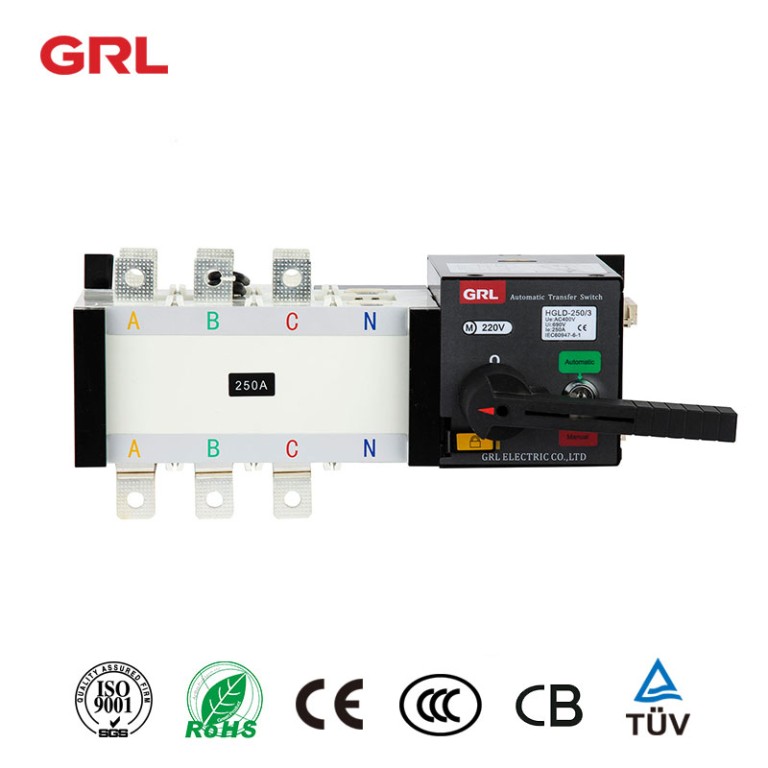
# Automatic Transfer Switch: Ensuring Uninterrupted Power Supply
What Is an Automatic Transfer Switch?
An Automatic Transfer Switch (ATS) is a critical component in power management systems, designed to seamlessly switch electrical loads between primary and backup power sources. Whether in residential, commercial, or industrial settings, an ATS ensures that power supply remains uninterrupted during outages, preventing downtime and protecting sensitive equipment.
How Does an Automatic Transfer Switch Work?
The ATS continuously monitors the primary power source (usually the utility grid). When it detects a power failure, it automatically transfers the load to a secondary power source, such as a generator or battery backup, within seconds. Once the primary power is restored, the ATS switches back, ensuring a smooth transition without manual intervention.
Key Components of an ATS:
- Controller: Monitors power sources and triggers switching.
- Transfer Mechanism: Physically shifts the connection between power sources.
- Circuit Breakers: Protects the system from overloads.
- Status Indicators: Provides visual or remote alerts about the system’s state.
Types of Automatic Transfer Switches
There are two main types of ATS systems:
1. Open Transition ATS
This type briefly interrupts power during the switch from the primary to the backup source. While there is a momentary gap, it is suitable for applications where a short delay is acceptable.
2. Closed Transition ATS
Also known as a “make-before-break” switch, this type synchronizes the power sources before switching, ensuring zero interruption. It is ideal for critical systems like hospitals and data centers.
Benefits of Using an Automatic Transfer Switch
- Uninterrupted Power: Prevents downtime by automatically switching to backup power.
- Protection for Equipment: Reduces wear and tear on generators by managing load transfer efficiently.
- Safety: Eliminates the need for manual switching, reducing human error and electrical hazards.
- Convenience: Operates autonomously, requiring no user intervention.
Applications of Automatic Transfer Switches
ATS systems are widely used in:
- Hospitals: Ensures life-saving equipment remains operational.
- Data Centers: Prevents data loss and server crashes.
- Industrial Facilities: Maintains production continuity.
- Residential Homes: Keeps essential appliances running during outages.
Choosing the Right ATS for Your Needs
When selecting an ATS, consider:
- Load Capacity: Ensure the switch can handle your power requirements.
- Transfer Time: Critical applications may need faster switching.
- Reliability: Opt for reputable brands with proven performance.
- Remote Monitoring: Advanced models offer real-time status updates.
Keyword: Automatic Transfer Switch
Conclusion
An Automatic Transfer Switch is an indispensable tool for maintaining continuous power in any